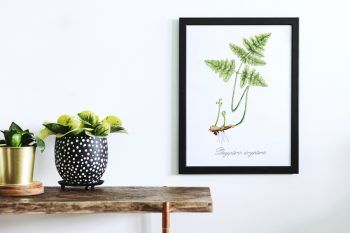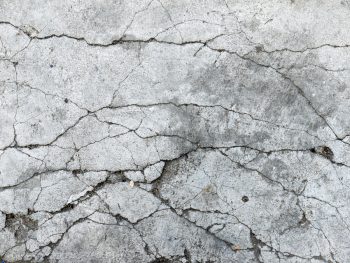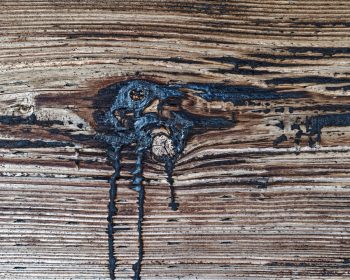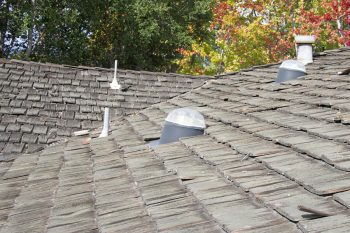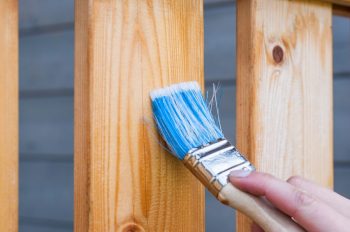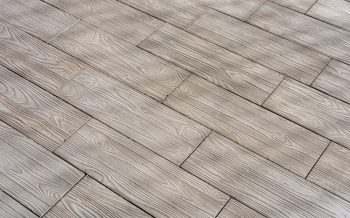
DIY construction projects are fun and exciting until you come across the stacks of plywood sitting on multiple shelves at Home Depot. As it turns out, size is not the only thing you need to decide when choosing plywood.
You also need to decide which type of plywood to get! Have you wondered about the difference between ACX and BCX plywood? You’re probably confused about these terms if you are new to DIY woodwork and construction, but is there any difference between ACX and BCX plywood?
Yes, these two types of plywood are different, and we’re here to help you get in-depth knowledge about them! What are they made of, and what are they mainly used for? Let’s find out!
Before we go into detail, here are the topics we will cover. This article will answer three common questions about plywood and will discuss in-depth knowledge about it.
- What is plywood?
- What are the different types of plywood?
- What are the four main grades of plywood veneers?
- What are the key differences between ACX and BCX plywood?
At the end of this article, we will also answer some of the most frequently asked questions about ACX and BCX plywood.
This article compares ACX and BCX plywood, including their manufacturing processes, durability, grades, costs, and application.
What Is Plywood?

Did you know plywood different from wood plants or timber? Plywood is different from planks made from any tree species.
It is artificial. Plywood is engineered from layers of wood fiber called veneers and glue such as resin, urea formaldehyde, or polyurethane.
The term ply was derived from the French word plies which means “to fold.” The name perfectly describes plywood and its processes to manufacture this wood board.
The main process of making plywood is called “cross-graining”, which is the process of gluing, rotating, and alternating wood grain to reduce the tendency of wood grains to fall apart when nailed at the edges.
This process makes plywood stable. However, the raw materials and adhesives used differ, resulting in many types of plywood.
What Are the Several Types of Plywood?
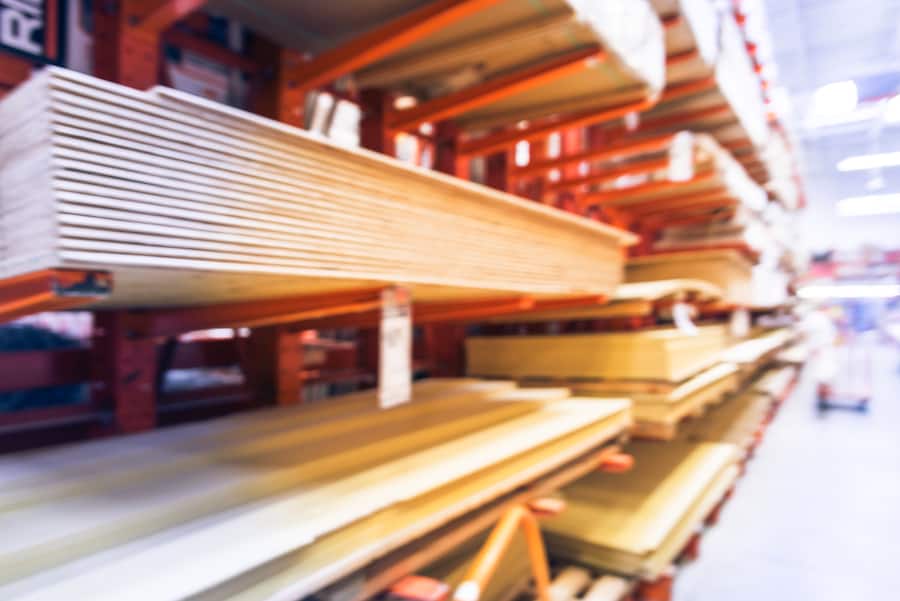
There are different types of plywood made from different materials for various applications. This list is not exhaustive, but here are some of the several types of plywood:
- Softwood plywood is made of fir trees, cedar, or spruce veneers.
- Hardwood plywood is made of oak, beech, or mahogany veneers.
- Tropical plywood is a mixture of veneers from various Tropical trees.
- Aircraft plywood is made of hardwood such as oak or mahogany but is built with strong adhesives that can withstand high pressure and extreme heat.
- Flexible plywood is designed to create curved parts with various layers.
- Marine plywood is the strongest type of plywood. Its core veneers are hardwood, and its adhesives are strong and designed to withstand humid, moist, and fungi.
Four Main Grades of Plywood Veneers
Plywood boards are made of different layers of engineered wood. Each layer, called veneers, is manufactured and categorized into various grades.
Plywood veneer grades are based on its quality and appearance. Grading rules differ in each country.
Before tackling the difference between ACX and BCX, it is essential to know the four main grades of plywood veneer or ‘sheets’ available in the US market today.
Grade A
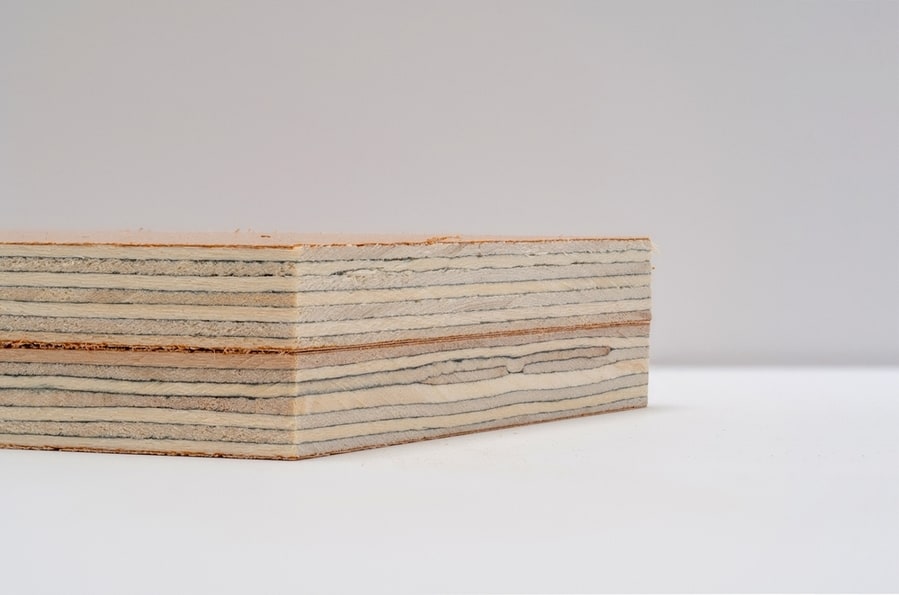
A-grade veneer is the highest quality plywood layer. It has a defect-free face and back veneers. It also has a perfect, clean appearance and is usually sanded smooth, which makes it easy to paint.
These plywoods are usually the most expensive for home construction and woodworking.
Grade B
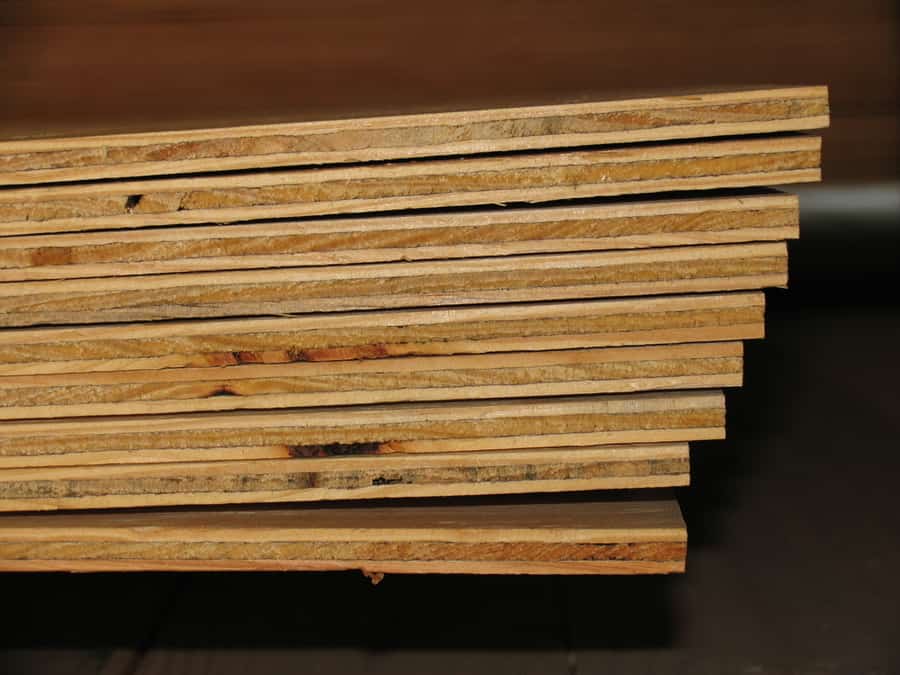
B-grade plywood has a few knots and a little discoloration on its face and back veneers. Its cost is cheaper than A-grade plywood.
Grade C or D
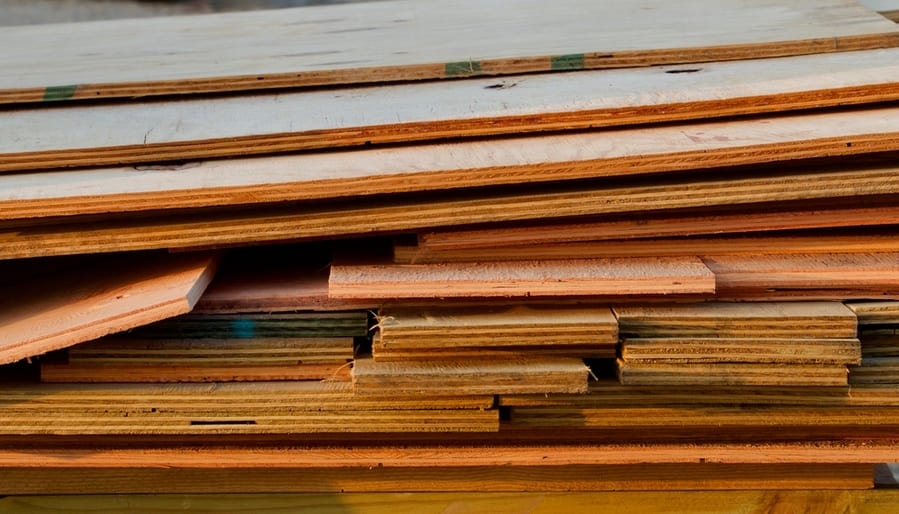
Grade C or D are plywood layers with defective knots and holes that are filled in. However, some defects are not filled. This plywood is not sanded and does not have an appearance grade.
It is usually used as sheathing material before adding another material, typically used in constructing subfloors and roofs.
5 Key Differences Between ACX vs. BCX Plywood
Understanding the in-depth difference between ACX and BCX plywood requires knowledge of different types of plywood and various veneer grades manufactured today.
Here are the five key differences between ACX and BCX plywood:
1. Veneer Grades
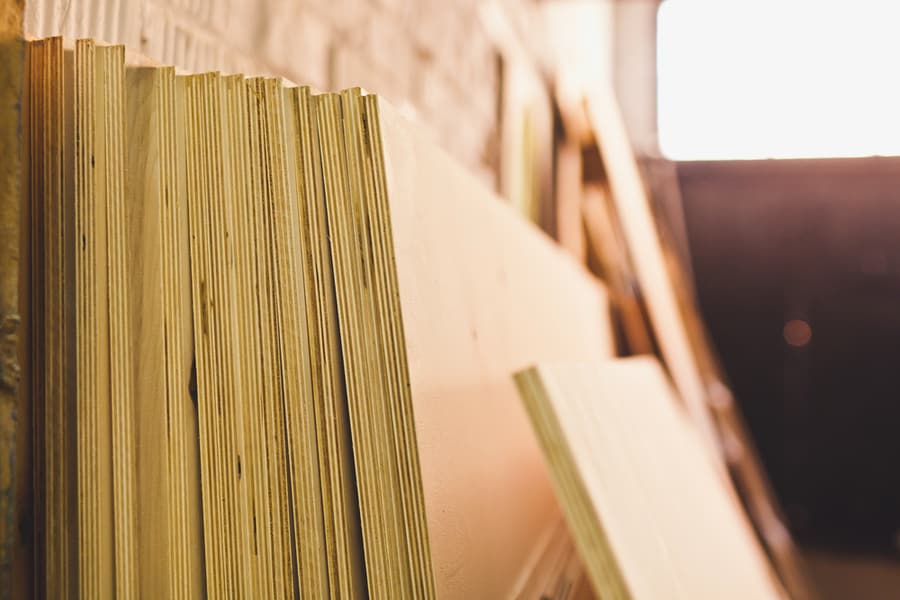
Plywoods have three common layers: the face, core, and back. The ‘face’ is the side meant to be used or seen, while the ‘back’ remains hidden.
The core layer is the center layer of the board. However, some plywood has five or more layers. The in-between layers are called “crossbands”.
The difference between ACX and BCX plywood is the type of veneer used for their ‘face.’
ACX plywood is a high-grade plywood. Its face is made of A-grade veneers that are defect-free and sanded for aesthetic appearance.
Its core is made of C-grade veneers, while the back is made of X-grade veneers.
On the other hand, BCX plywood is manufactured with B-grade veneers as its face. Its core is manufactured with C-grade veneers, while its back layer is X-grade.
2. Manufacturing Process

Because of the versatile nature of plywood, there are various ways to manufacture it. ACX plywood is manufactured differently depending on its purpose and application.
According to online sources, ACX stands for “Aspen Core Xtra,” which describes its manufacturing process. Some ACX plywood is manufactured with cores made of hardwood, such as aspen trees.
ACX plywood is commonly manufactured with A-grade faces using hardwood veneers from oak or mahogany.
Other online sources say that BCX stands for “Birch Core Xtra.” Some BCX plywood is manufactured with cores made of birch trees. However, BCX plywoods are now available in various hardwood and softwood veneers.
The adhesives used in gluing multiple layers of wood veneers differ depending on their uses. Acrylic is among the most common type of glue used to laminate plywood. It is durable and provides a glossy finish.
3. Quality
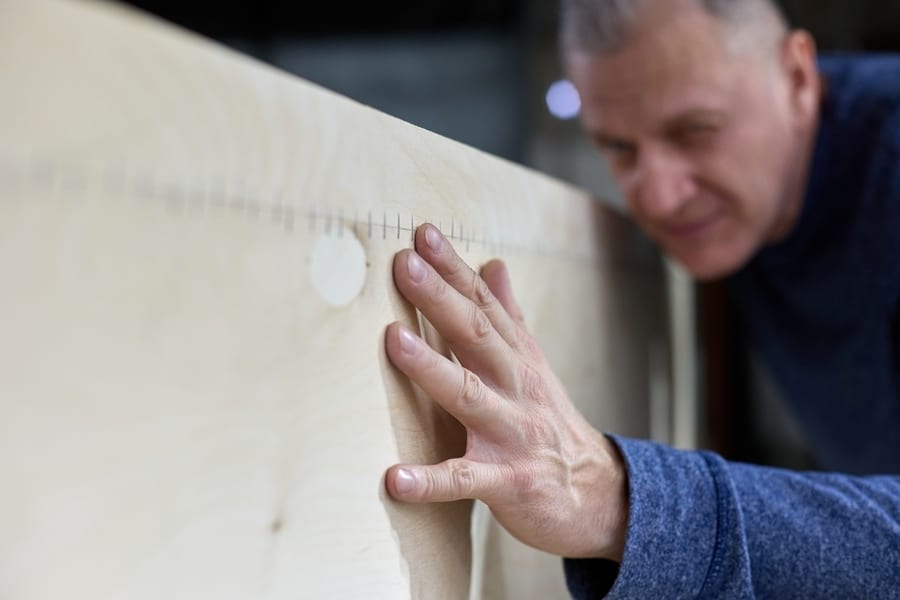
Regarding durability, ACX plywood is generally more durable than BCX plywood. However, since ACX and BCX plywood has a wide variety, this still greatly depends on the manufacturer and the type of wood and adhesives used.
Generally, ACX has higher quality than BCX plywood. Both have appearance grades, which makes them acceptable for construction. However, BCX will show wear and tear sooner than ACX.
Some ACX plywood is manufactured as marine plywood, which is waterproof. Even though raw materials are rarely left untreated nowadays, this provides an added layer of protection to plywood.
On the other hand, BCX plywood can absorb moisture. However, this is nothing to worry about if you’re planning to use BCX plywood because it will eventually get stained or treated with polyurethane or acrylic sealants.
4. Costs

ACX is more expensive than BCX. Because ACX is made of A-grade veneers, ACX plywoods have higher quality than BCX. However, it is also more costly.
5. Uses and Application

Generally, ACX plywood is made for outdoor applications, while BCX is for indoor applications.
ACX plywood can create cabinets, musical instruments, and other commercial construction. It is also used in marine environments due to its high quality and waterproof properties.
On the other hand, BCX plywood is commonly used in furniture-making, cabinetry, house fences, and barns.
Conclusion
If you are looking for plywood for your DIY furniture project or any woodworking, ACX and BCX are both good choices.
However, if you have budget constraints and wouldn’t mind getting a less durable material, you can opt for BCX plywood.
You can always apply chemical treatments if you want your wood surface to be waterproof.
Frequently Asked Questions
What Is BCX Plywood Used For?
BCX plywood is commonly used for indoor purposes such as cabinetry and furniture. But they can also be used outdoors to create minor buildings such as barns and tool sheds.
What Is the Difference Between ACX and BCX Plywood?
Here are the five key differences between ACX and BCX plywood:
- Veneer grades
- Manufacturing process
- Quality
- Costs
- Uses and application
Does ACX Plywood Have Voids?
ACX plywood commonly has three layers: the face, core, and back. The face layer of ACX plywood is made of A-grade veneers free from defects, cracks, or voids. It should have a smooth and sanded surface.
However, its back layer, typically hidden from plain view, is made of C-grade veneers, which may have voids and visible patches.
Is ACX Plywood a Cabinet Grade?
Yes, ACX plywood is cabinet grade. It is perfect for sanding and painting.
Some ACX plywood is also waterproof and can be used for kitchen cabinets. However, sealants or stains are eventually added to cabinets.
